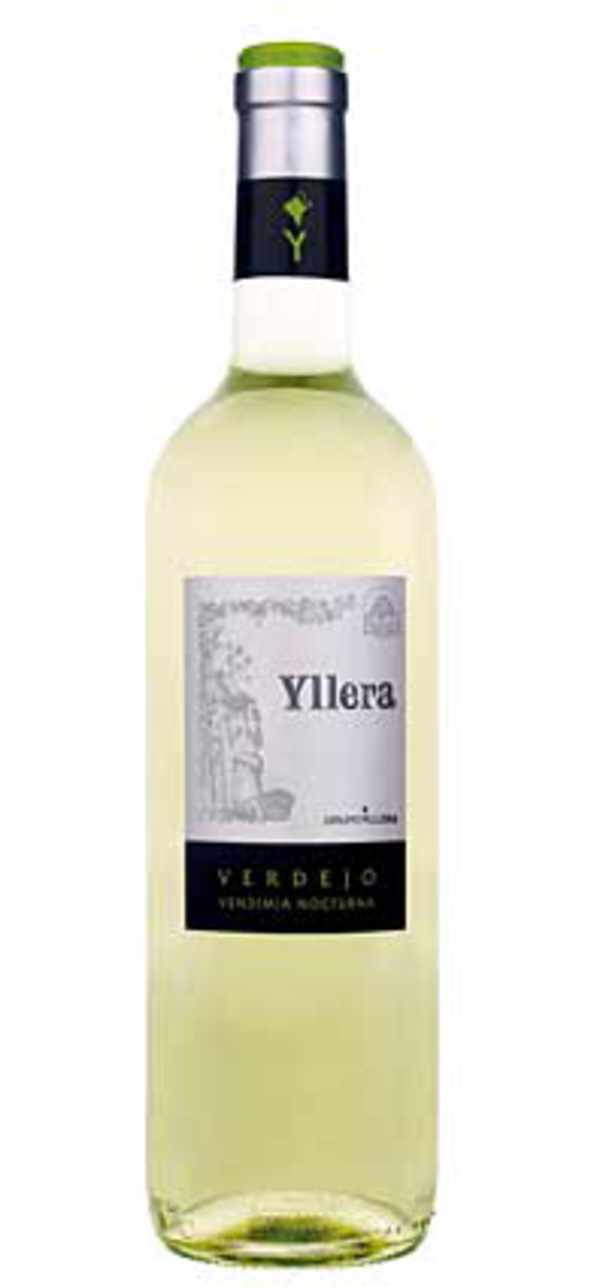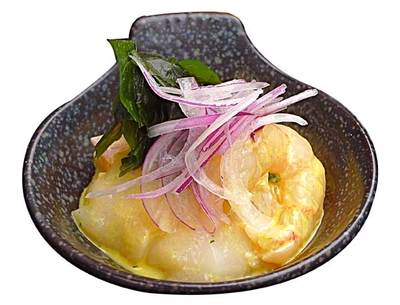Yllera Verdejo with Cebiche

Yllera Verdejo
Winery Yllera
www.grupoyllera.com
D.O.: Rueda
Grapes: 100% Verdejo
Ageing: No
Price: 5,10 €
Excerpt from the book “Pairings of spanish wines with exotic cuisines”.
Click to see the preparation of these dishes, in American recipes.
![]() Pueden ver la versión en español pinchando en Yllera vendimia nocturna
Pueden ver la versión en español pinchando en Yllera vendimia nocturna
The name ("night harvest") is significant about what we are going to find in the glass, because that kind of harvest allows the grapes to get to the winery with all the cold of the night. Although the harvest festivity takes place in October, grapes are harvested in this area at the end of August, when the temperature in the plains of Valladolid can reach 40º at noon.
We are talking about cutting-edge technology to take the most of the aromatic potential of this grape, which appeared as if by magic in the eighties, when winemakers threw themselves on the modernity bandwagon seeing the treasure they had in their land.
In addition to the fruity notes characteristic of well-made young wines (green apple, grapefruit, lemon skin), the most distinctive features of verdejo grapes are the hints of hay and fennel (anise-like), easily noticeable in this wine.
Mixed ceviche
Peruvian cuisine is booming throughout the world with that Japanese-Peruvian fusion called "nikkei" -the name given to Japanese immigrants-, which is so fashionable nowadays.
As everybody knows, ceviches are preparations of raw fish dressed with lime and "ají amarillo" (yellow peppers from Peru), probably another primitive fusion since citrus fruits were taken to Peru by the Spanish and both the name and the taste remind us of "escabeches" (pickles).
They are usually made with sea bass, but sometimes with some large prawns called "camarones" there. One of the most enjoyable ceviches is this mixed one, in which scallops can also be found, gathering together three types of seafood which combine perfectly with the dressing by providing an elegant contrast among them.
Pairing
There is a superb nikkei restaurant in Avilés, so we were able to try several pairings together with Mario, its pure-blooded Peruvian owner and cook, a master of ceviches and a great gourmet. After trying different Spanish grapes, we chose verdejo for how well it respects raw fish, since a good ceviche must be carefully dressed, the right amount both in quantity and time, so that the individual flavours of sea bass, shrimps and scallops can be appreciated.
In this case, the sour taste of lime and the pungent aroma of ají sharpen those herbaceous and anise-like aromas from the wine and enhance them, which is always the goal of a pairing -of course, apart from respecting the tastes from the raw material.












